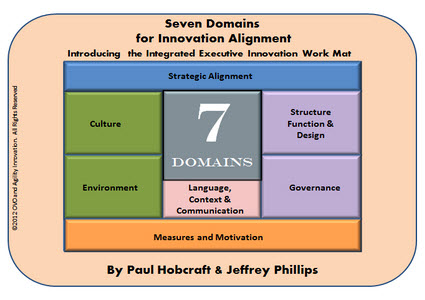
I can honestly say I have been back at school for the past months. This remote learning stuff has been hard, challenging but stimulating.
Let me tell you about this as it recognises how things are changing in our world and certainly in my world, in particular. It is a very disrupting, disturbing world.
We often make what amounts to a series of mistakes, constantly extrapolating the present and layering it onto a way we see the future, based on what we know or are reluctant to give up. I’m afraid that’s not right, sometimes painfully wrong in lost time, investment and sudden realisation.
We are doing nothing but constraining the change occurring all around us at a limited pace and speed by placing the wrong lens on this.
Continue reading “My own transformative dynamics of disruption”










